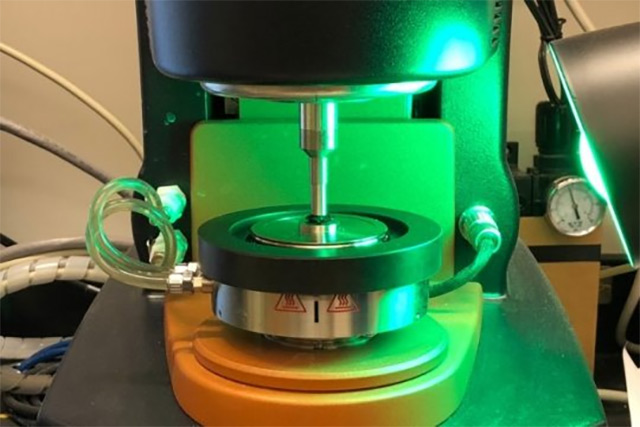Human bone tissue grown from a patient’s fat cells in a lab, then implanted to finish growing inside the patient’s body
03/04/2018 / By Frances Bloomfield

Thanks to an extraordinary medical procedure, a man is on the road to recovering from a fractured tibia with a bone graft created from his own fat cells. This isn’t a work of science fiction; it’s the result of efforts made by Bonus BioGroup, an Israel-based biomedical company.
According to the TimesOfIsrael.com, a traffic accident left the patient, Danny, with a severely damaged tibia. Going through the standard medical procedure of having it fixed with metal rods ended with him having a five-centimeter gap in his shinbone. The patient was given the choice between an artificial bone fragment or a bone-healing procedure since the bone was unable to heal itself. That was when Bonus BioGroup stepped in.
Fat cells extricated from the patient were separated and cultured on a biodegradable scaffold. Within the span of two weeks, the minute, living bone particles had grown into an injectable bone graft that was transplanted into Danny’s body. As per Professor Nimrod Rozen, head of the surgical procedure, the missing part of the bone would regrow in six weeks thanks to the bone particles joining together to construct a fully working bone. When that happens, the tibia will be able to function properly and allow Danny to walk once more.
“This surgery is truly science fiction, it changes the entire game in orthopedics. Today I have the ability to grow any bone in a lab,” Rozen added. (Related: Israeli company successfully transplanted lab-grown bones into humans.)
Shortly after receiving the graft, Danny stated that he trusted the doctors and was confident that the procedure was a success. “I am sure they did a good job, and hope that in a few weeks I will be able to stand normally on my foot again,” said Danny at the time he was interviewed.
Because the graft was made from the patient’s own cells, there’s a slim chance that his body would reject the graft post-injection and cause Danny to experience a severe immune reaction. As such, Rozen believes that possibilities of the surgery go beyond that of fractured bones. Cancer patients who’ve had amputations, older adults who struggle with osteoporosis, and even infants born with cleft palates can all benefit, as can those with dwarfism.
“In every surgery I can add ten centimeters, and it can be repeated several times. This can change the self-esteem of many people,” explained Rozen.
Moreover, the treatment could serve as a more reasonably priced alternative to the current bone regrowth procedure, an operation that can cost as much as $90,000. On top of its price, the current treatment has additional problems that include a long recovery process and a less-than-ideal success rate.
Danny’s treatment is part of an ongoing clinical trial that’s expected to consist of 60 operations and patients with orthopedic and cranial issues. After this trial, another one will be conducted with more participants. When the latest trial reaches its conclusion and gains approval from the U.S. Food and Drug Administration (FDA), Bonus BioGroup founder and CEO, Dr. Shai Meretzki, estimates that the treatment could be on the market within three to four years’ time.
From here, the company plans on expanding their reach into regenerating cartilage and fat. Being capable of producing cartilage would give the company the ability to put out “spare parts” and heal elbows, shoulders, hips, and knees. Meanwhile, the goal of fat regeneration is to help patients replace their silicon breast implants with their own fat instead.
If you’d like to read up on more radical procedures or breakthroughs in the world of medicine, then feel free to visit Medicine.news today.
Sources include:
Tagged Under: biological implant, biomedical research, bone graft, bone tissue, Bonus BioGroup, discoveries, future tech, human fat, medical technology, orthopedics, weird science




















